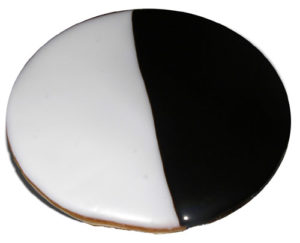I’ve heard it said a thousand times that there are no new ideas, just old ideas recycled, rehashed, recajiggered and repackaged. Maybe that’s true, but there’s one niche of stories that never seem to get old, no matter how many times they have been retold. Classic fairy tales.
You know the ones I’m talking about: Alice in Wonderland, Beauty and the Beast, Cinderella, Little Red Riding Hood, Peter Pan, Pinocchio, Sleeping Beauty, Snow White and the Seven Dwarves
This is only the tip of the iceberg.
Not only have mos t of these been turned into movies—including classic cartoons by Disney—but each of these stories have been rewritten again and again.
t of these been turned into movies—including classic cartoons by Disney—but each of these stories have been rewritten again and again.
I won’t take you down the proverbial Rabbit’s Hole, but Google “Alice in Wonderland Adaptations” and go to Wikipedia. You won’t be disappointed.
For now, let’s stick with Cinderella. I once sat next to a single mother turned author at a book signing that told me if she saw a gap in finances approaching, she would write a quick Cinderella retelling and put it up on Amazon. Instant cash. Unfortunately for me, Cinderella is generally free of fist fights, action scenes and random ninjas, so I have yet to try this tactic, but she swears by it.
Then again, what must a Cinderella story include? A lonely, mistreated young woman, living with an evil step mother, who only wants to go to the ball. I could work ninjas into that. Now that I think about it, Prince Charming is a bonus that comes with the ball. Hmmm.
Movies seem to be a good platform for adaptations. Here are just a few that feature the Cinderella story:
-Disney’s classic Cinderella. I grew up on this one, and was wary of shrinking pumpkins for ages.
–The Slipper and the Rose. A comical, musical retelling that harnesses the charm of a young Richard Chamberlin dancing in his own mausoleum, and the fantastic idea of a bride finding ball. (There’s a song about that too.)
–Elle Enchanted. Put a curse on Elle that forces her to do anything anyone tells her to and see what happens. This one was a book first.
–Into the Woods. Insert a handful of fairy tales, squeeze, twist, shake and pour. This is what happens. It was a stage production before it was a movie, by the way.
–Ever After. Set in historical-ish France, this version brings modern ideas (independent women, education for all and inventors) into the classic story. Funny. Snarky.
There are plenty of novels as well, Cinder being among the most recent and the most unique. A science fiction backdrop, cyborgs and more.
As the world moves on, these adaptations will keep coming. What if Cinderella had access to social media? #evilstepmotherssuck #opressedstepsistersunite #sneakingouttonightnomatterwhat
It can, and will, go on and on. Bring it.


